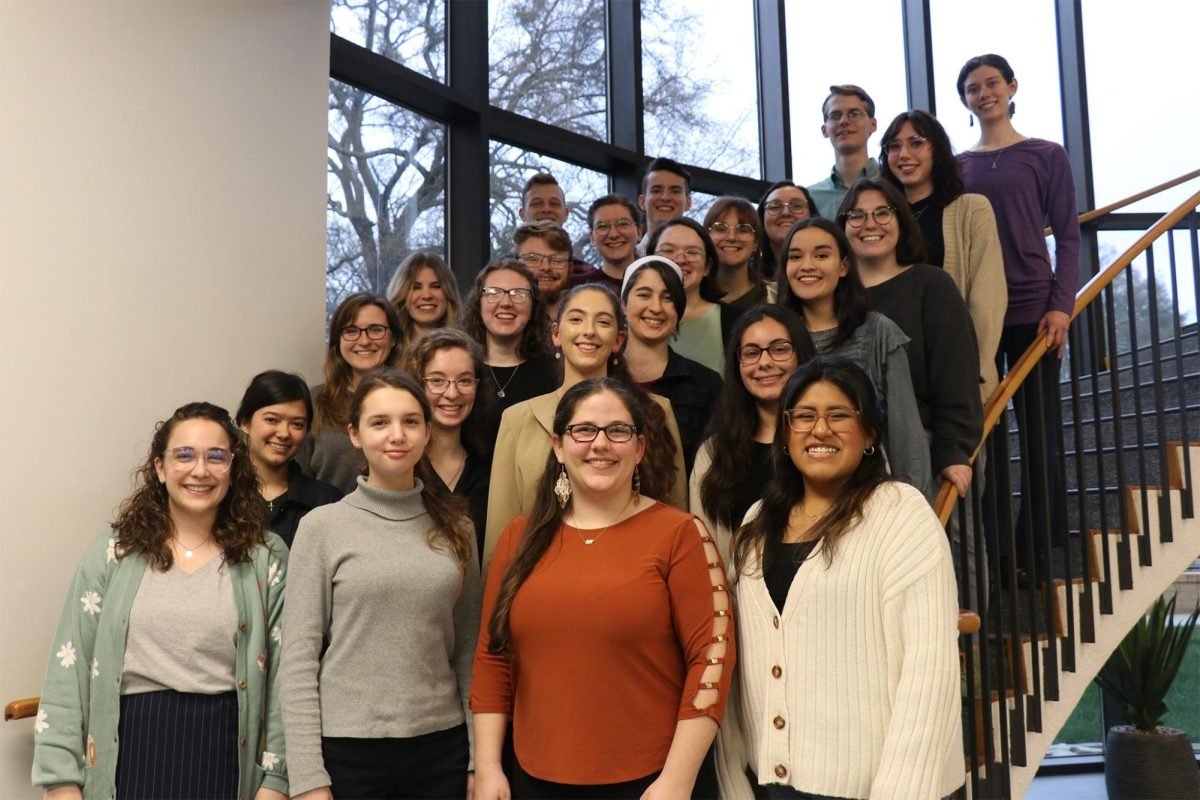Most college students dream of futures with no tuition bills, student loans or scraping the bottom of the bank just to buy a tank of gas. But few realize that they can start working toward the goal of financial independence right now in a variety of ways.
You might think you don’t have enough money to invest, or perhaps you find the amount of information and options confusing, maybe even demoralizing. But knowing a few simple guidelines and reliable investment options can help you exercise good stewardship, even with limited funds.
The first step in managing your money is to save in the first place, according to Dr. Kris Martin, head of the accounting department. “Come up with a good, systematic way of saving money, or else you’re not going to have any to invest,” he said.
And putting money toward tuition—an investment in itself—must come before any financial speculation. “Your time spent learning is the best investment of all,” said business faculty member Mr. Chris Rawlings, who teaches investment portfolio management, a class open to all students.
But if you have saved some money that you won’t need for at least a few months, you have several options in putting your money to work other than a savings account. (Savings accounts are easy and secure, but the return interest barely covers the loss through inflation.)
Dr. Martin recommends mutual funds, especially for someone with little business background. A mutual fund works almost like a community portfolio. A firm of financial experts compiles a variety of stocks into a mutual fund and sells shares of it like a single stock. The diversity adds to security, and small investors without enough capital or expertise to start a personal portfolio can buy shares of the mutual fund.
The shares’ value rises and falls with the average change of all the individual stocks in the fund. After the shares appreciate, the investor can sell them at a profit. Many mutual funds have a no-minimum buy-in price and can be added to on a regular basis—ideal for a college student just starting to lay away savings.
Such long-term investments get a real boost if you begin them in college. Senior business administration major Kevin Cummings, who interned at Merrill Lynch this past summer, explained how time dramatically affects an investment.
Beginning at the age of 20, if you were to put $1,000 every year in an investment with a 10 percent return (the average annual return on stock investments in the past century), you would have $863,685 by age 65. In contrast, you would have only $326,229 at age 65 if you began at age 30. Even though the difference of initial capital is only $10,000, the end difference is over half a million dollars.
Some other investment opportunities include government savings bonds, which have slow returns but are very safe, as well as plans like the Roth IRA, which offers profits you can keep tax-free if you meet certain conditions.
Or you can just buy individual stocks. Senior business administration major Josh Terwilliger currently owns shares in three companies: Deutsche Bank, Caterpillar and Costco. He trades his shares on Scottrade.
Scottrade, like E-Trade, is an online marketplace for investments that charges a small flat fee per transaction instead of charging commission like an actual broker.
Finally, do some research before investing your hard-earned money. “You have to be willing to put time into it,” Josh said. “You can’t just buy Apple [stocks] because you like Apple computers. You actually have to do your homework and be diversified.”
Dr. Martin recommends researching on the Morningstar website and looking up individual company profiles, while Mr. Rawlings recommends the publication Value Line, which is available in the library. “Investing isn’t ‘get rich quick,’” he said. “There’s a lot of work involved.”

























































